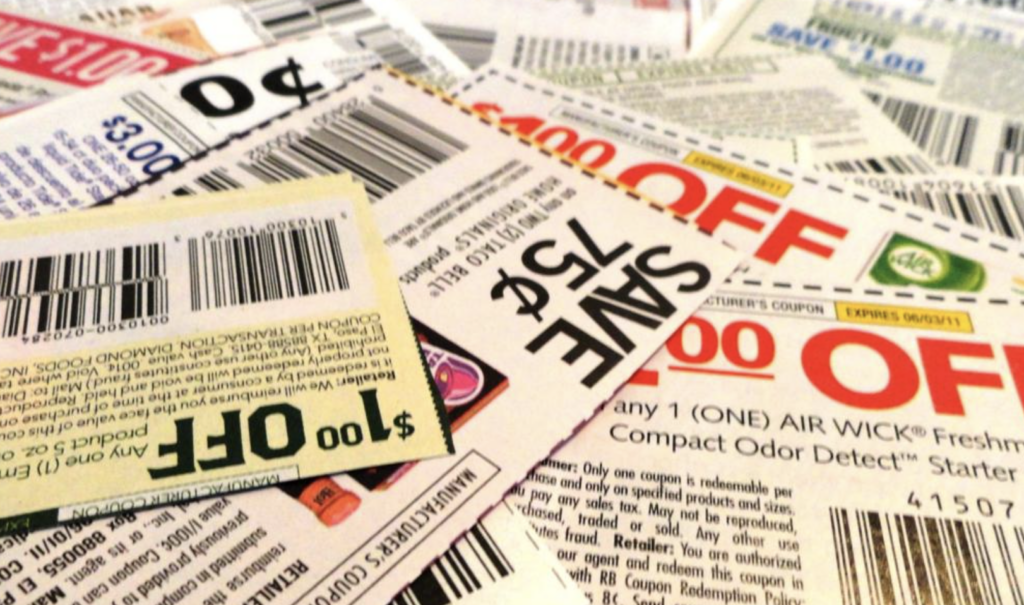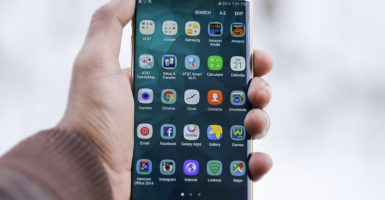Amid Soaring Prices There Is A Shortage You Never Saw Coming
As prices for everything imaginable continue to soar, an unexpected coupons shortage is beginning to emerge.

News of a new shortage of some product or another is becoming the precedent in a society still reeling from the aftershock of the Covid-19 pandemic. From batteries to baby formula and everything in between, supply chain deficits and production woes have given rise to severe consumer product holes. However, a new shortage is emerging that few have seen coming. Coupons are becoming harder and harder to come by.
Jill Cataldo, who prides herself on her couponing prowess, told The New York Times that she has noticed significant changes throughout the coupon landscape. She pointed to the fact that companies she had been relying on for greater than ten years have severely decreased the number they are outputting. “There are brands that I’ve followed for over a decade that are just not issuing a lot of coupons right now,” detailed Cataldo.
Unfortunately, the emergence of a coupon shortage is erupting at a time when customers can likely use them most. Severe inflation has caused prices for everything imaginable to reach unfathomable highs. From gas prices to groceries, everything just costs more. Coupons could be really helpful in creating even just a little extra wiggle room in individuals’ budgets, but there just aren’t a lot of them in circulation right now.
The exact cause of the coupon shortage is unclear, but it likely comes down to a few different factors. First, the coupon shortage is not something that happened overnight. In fact, coupon use has been declining for decades. Economists believe that this is part of a “fundamental shift in consumer shopping behavior.” One possible cause that is driving this shift is the rise of dual-income households. When both parents are working there is less time to spend on things like sifting for coupons.
Second, there has also been a change in the way manufacturers communicate with their consumer bases. Technological advances have made it easier for the manufacturers of goods to reach out directly to those buying their products, instead of having to rely on a retail middleman. “Practitioners often want to get discounts to consumers in a seamless manner [and] “It’s not clear that traditional coupons do this,” noted Eric Anderson, who is a professor of marketing at Northwestern University’s Kellogg School of Management. Additionally, many stores now have reward platforms via their apps that serve as a replacement for traditional discount methods. Lastly, as the number of print coupons went into decline with the rise of the digital age, digital equivalents failed to be created and distributed at the same rates as print coupons once were. Kantar Media believes that coupon circulation has been slashed by nearly 50% since 2014.
Ultimately, the current coupon shortage was a long time coming. And, to be honest, it’s not something that society is fighting too hard against, despite the fact that coupons could really come in handy. This is especially true now given the tumultuous state of the economy. Lisa Thompson, who works for a coupon-focused company called Quotient, said it best. “Honestly, it’s a dying form of savings…,” lamented Thomson. Everything, at some point, ebbs, flows, and then goes. Coupons caught their wave long ago and now it’s almost time to say goodbye.











